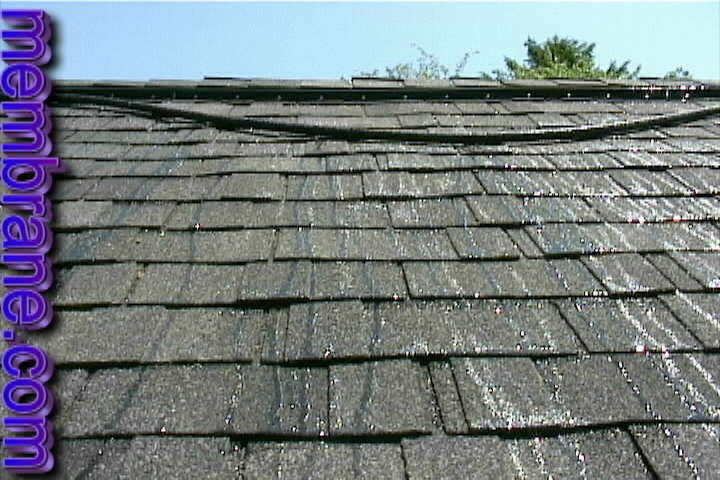
by Daniel Brouse and Sidd Mukherjee
Summer of 2003
By collecting rainwater and dripping it over the roof on hot days, the heat energy can be transferred away from the house through evaporation.
When water evaporates, it turns from liquid to a gas which requires the transfer of a huge amount of energy. In our experiment Sidd found, "For every cubic foot of water that evaporated, it took 61000 BTU with it."
The Results: Turning Water Into Electricity

* For every cubic foot of water that evaporates, 1.78 KWh of electricity is saved.
* The experiment was carried out in several locations and worked best on roofs in direct sunlight; however, shade trees would be a more economical solution in the long-run.
* Shade trees proved to be the best solution for climate control during the summer. Trees outperformed evaporation, as well as, solar panels. Trees also act as a windbreak. The U.S. Department of Agriculture says, "The primary purpose of most windbreaks is to slow the wind which creates a more beneficial condition for soils, crops, livestock, wildlife and people."
* In the original experiment, return hoses were used for water that did not evaporate. The return hoses were wrapped around hot water intakes to preheat the water. As we got better at water distribution, there was no excess, waste, or runoff water. The return hoses were not needed.